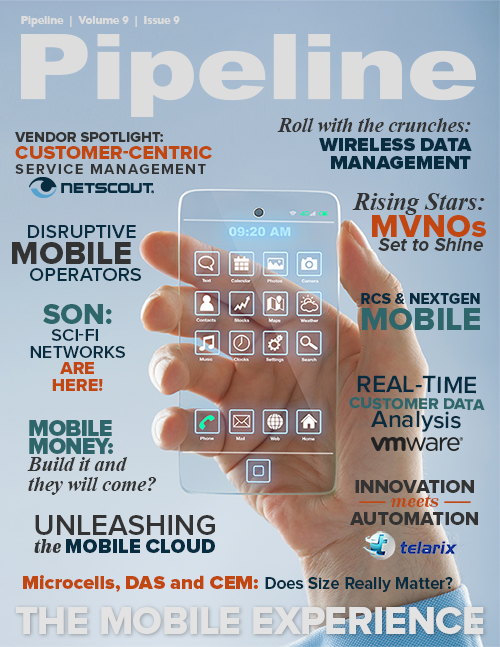Does Size Really Matter? Microcells, DAS and the Customer Experience
By: Becky Bracken
 Whether your customers are in their minivan in the Lincoln Tunnel, on a submarine at the bottom of the Marianas Trench, or bundled up at Gillette Stadium heckling Mr. Gisele Bundchen, they expect
five bars. That’s how spoiled wireless customers have become, and why there are more than a billion smartphone
Whether your customers are in their minivan in the Lincoln Tunnel, on a submarine at the bottom of the Marianas Trench, or bundled up at Gillette Stadium heckling Mr. Gisele Bundchen, they expect
five bars. That’s how spoiled wireless customers have become, and why there are more than a billion smartphoneusers in the world today.
But operators face one inescapable truth: spectrum is a finite resource, and although traffic is exploding, spectrum isn’t. Operators must therefore rely on technology to stuff as many bits and bytes as they can through that same tiny tube.
For the past 15 years or so, DAS, or distributed antenna system, has been the goto solution for operators to provide service even in the toughest environments, including buildings, stadiums and other spaces with a high number of users. Now, with mobile broadband on the rise, DAS is being asked to boost capacity as well. However, small-cell solutions like femtocells and picocells are also on the rise because of their lean footprint and affordable price as well as the promise of a simpler way for enterprises and operators alike to boost capacity and improve the user’s experience.
But is small-cell technology all it’s cracked up to be? Many are dubious.
DAS is a tried-and-true technology that’s easily scalable for various devices and frequencies — once it’s deployed. The problem is that with its room-sized base stations and air-temperature control requirements, DAS is expensive to deploy.
In fact, a base station can run upwards of $20,000 or more, a figure that doesn’t include the valuable real estate enterprises need to dedicate to a base station; in tenant arrangements securing a landlord’s permission to build and run fiber throughout a property can also be problematic. To put it another way, you could buy plenty of picocells for roughly $2,000 each before you approached the cost of one DAS base station.
“You can’t minimize the real estate issue,” says John Spindler, TE Connectivity’s director of product management for in-building wireless products. “Picos are much more efficient; they don’t have the same real estate requirements.”
But small cells like picos are only able to transmit a single frequency. Verizon alone transmits on four frequencies; that means four picos. And even though most enterprises have an agreement with a single mobile operator, they generally want their signal to accommodate many frequencies and carriers. Vendors, roamers and more still expect ubiquitous connectivity in their facilities.
“So they need a broader, multi-operator setup,” Spindler says. “A DAS system handles up to eight frequencies. If you want to add AWS [Advanced Wireless Services] you need to go in and nail up AWS picos, plus the associated backhaul.”
The backhaul is where the efficiencies of small cells break down — for now.





















